Innovation in medicine has continuously pushed the boundaries of what’s possible in healthcare. Visionary minds have developed groundbreaking treatments, technologies, and practices that have saved countless lives. These pioneers have not only transformed how we approach medicine but have also shaped the future of healthcare. In this article, we’ll explore the contributions of some of the most influential innovators in the field.
Hippocrates
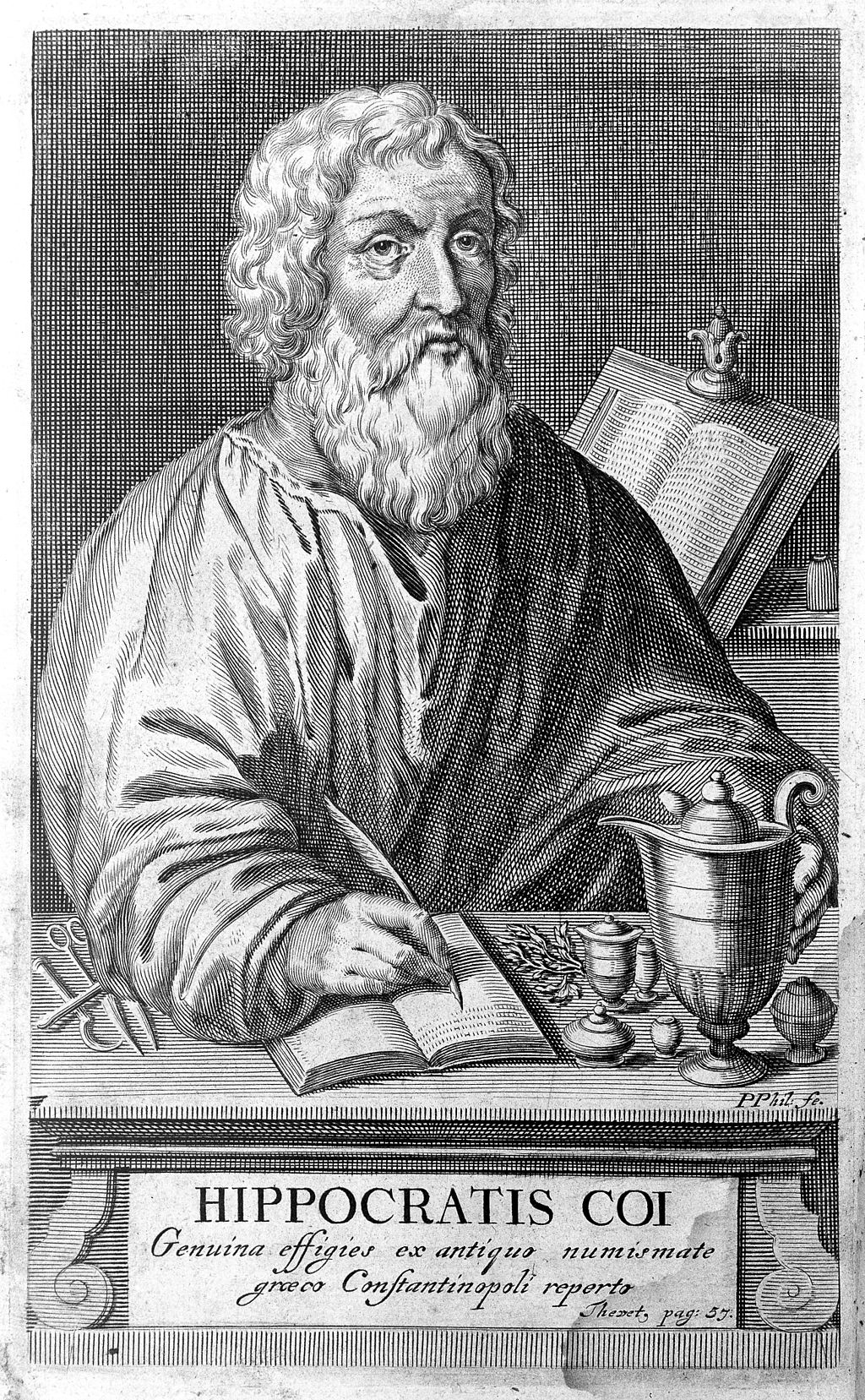
Hippocrates, often referred to as the “Father of Medicine,” laid the foundation for modern medical ethics. His most notable contribution, the Hippocratic Oath, is still relevant today, guiding physicians in their ethical responsibilities. By emphasizing the importance of clinical observation, Hippocrates moved medicine away from superstition. His approach to patient care in 460 BC marks a significant shift in medical history.
Louis Pasteur
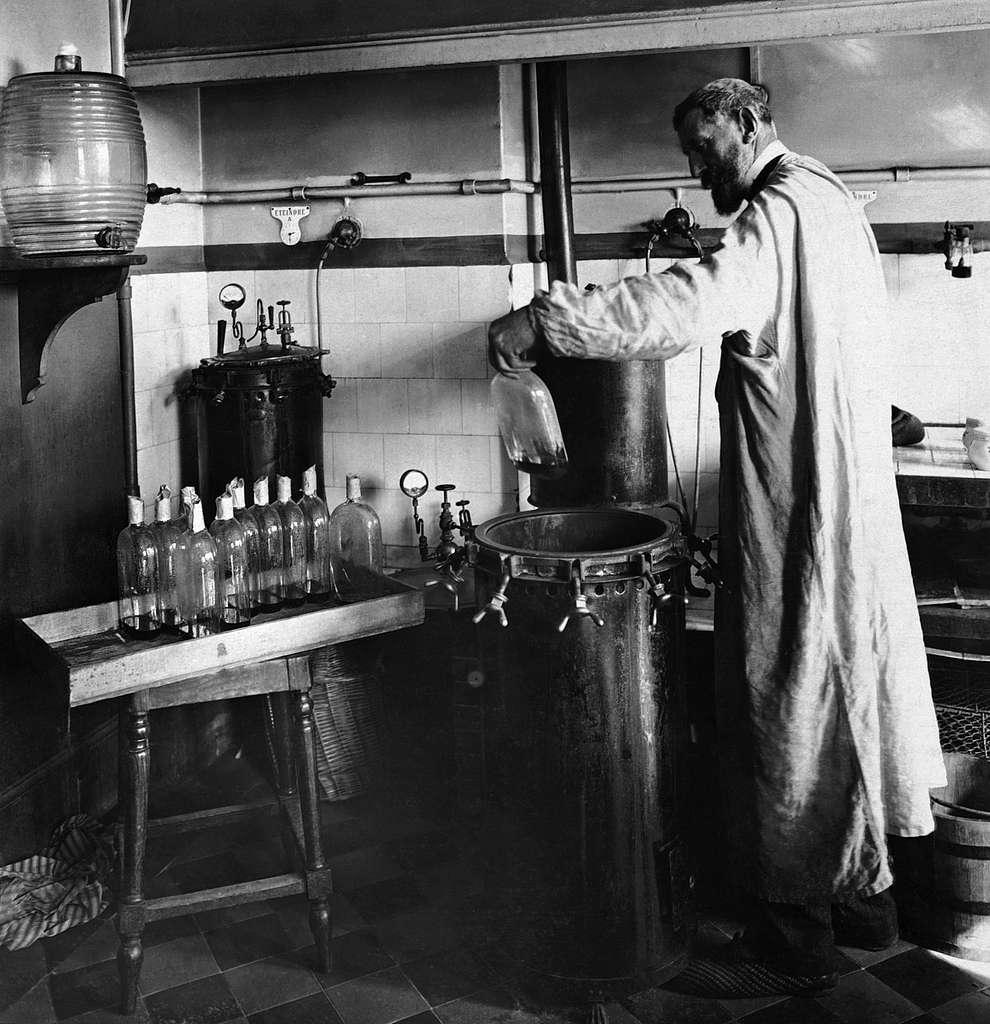
Louis Pasteur revolutionized medicine with his development of the germ theory of disease in 1865. His work in microbiology led to the creation of vaccines for diseases such as rabies and anthrax. Pasteur’s methods also laid the groundwork for sterilization techniques used in surgery. His innovations drastically reduced mortality rates and reshaped public health practices.
Florence Nightingale
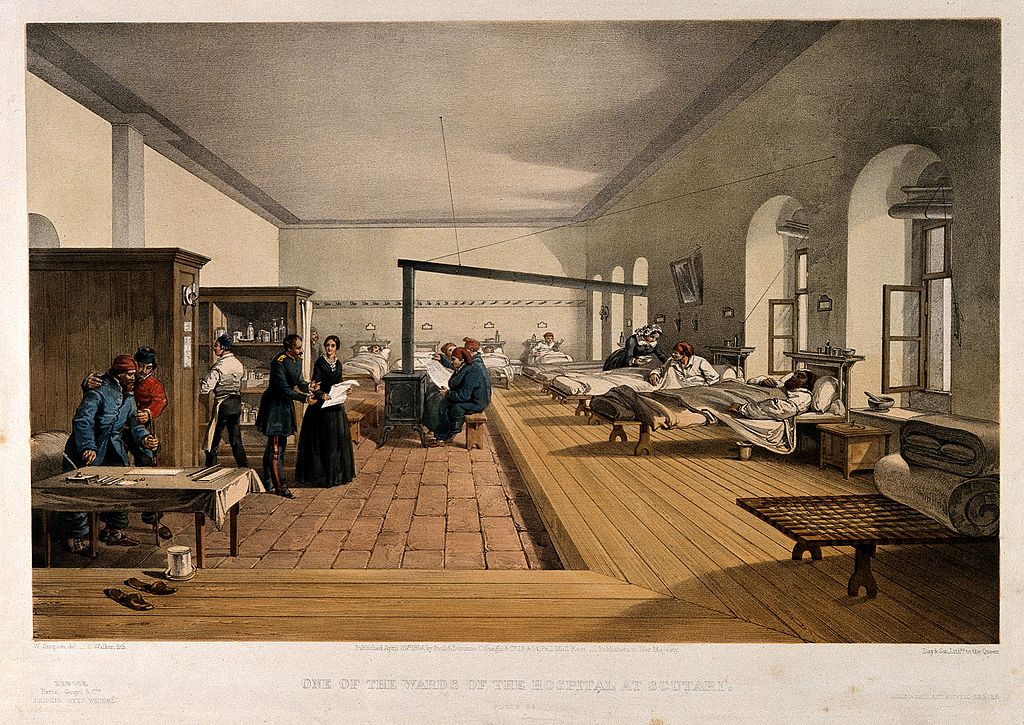
Florence Nightingale is recognized as the founder of modern nursing, thanks to her work during the Crimean War in 1854. Her insistence on sanitary conditions in hospitals greatly reduced infection rates. Nightingale also established the first scientifically based nursing school, setting the standard for healthcare education. Her innovations laid the groundwork for nursing as a respected profession.
Marie Curie
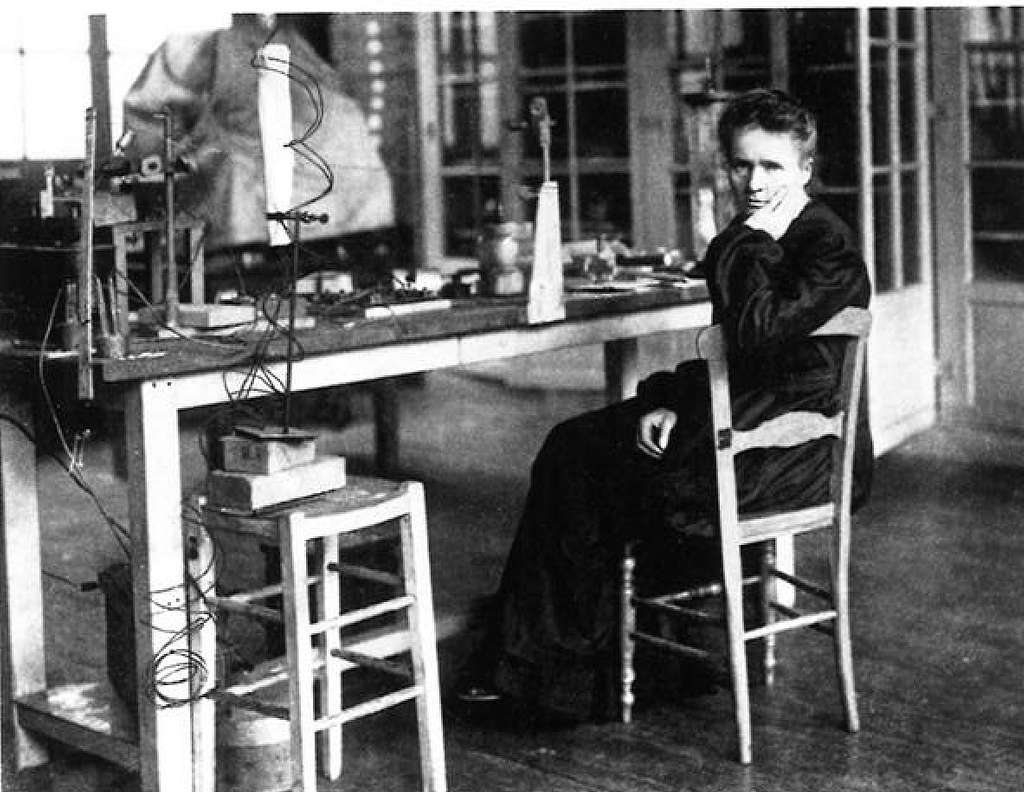
Marie Curie’s pioneering research on radioactivity in 1898 led to groundbreaking treatments in cancer therapy. Her discovery of radium and polonium paved the way for the development of X-ray machines, which became crucial diagnostic tools. Curie’s work not only transformed medical treatment but also opened new avenues in scientific research. Her contributions earned her two Nobel Prizes, highlighting her impact on both medicine and science.
Edward Jenner
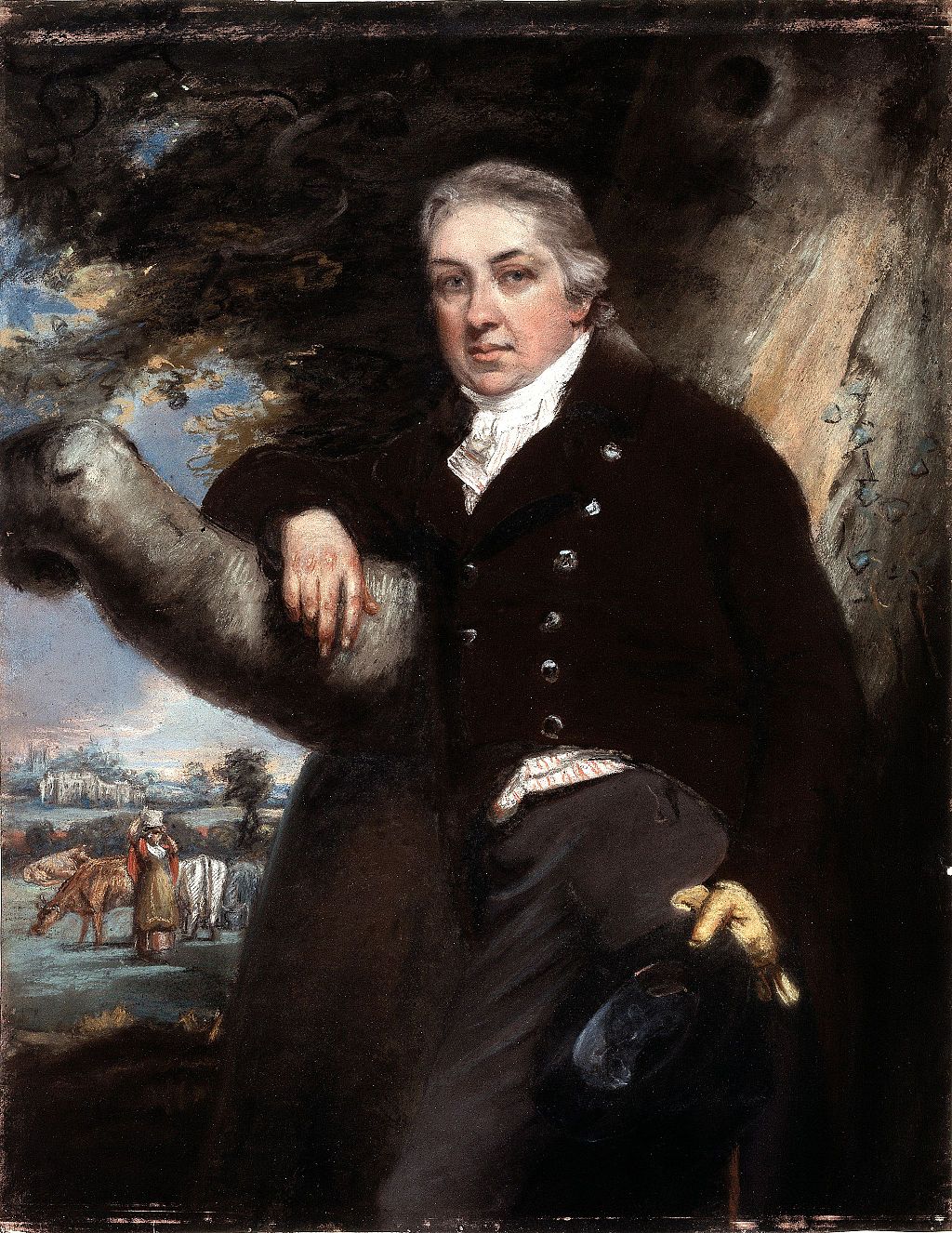
Edward Jenner’s development of the smallpox vaccine in 1796 marked the beginning of modern immunology. By using material from cowpox lesions to protect against smallpox, Jenner introduced the concept of vaccination. His innovation led to the eventual eradication of smallpox, one of the deadliest diseases in history. Jenner’s work laid the foundation for the field of immunology and the development of vaccines for other diseases.
Joseph Lister
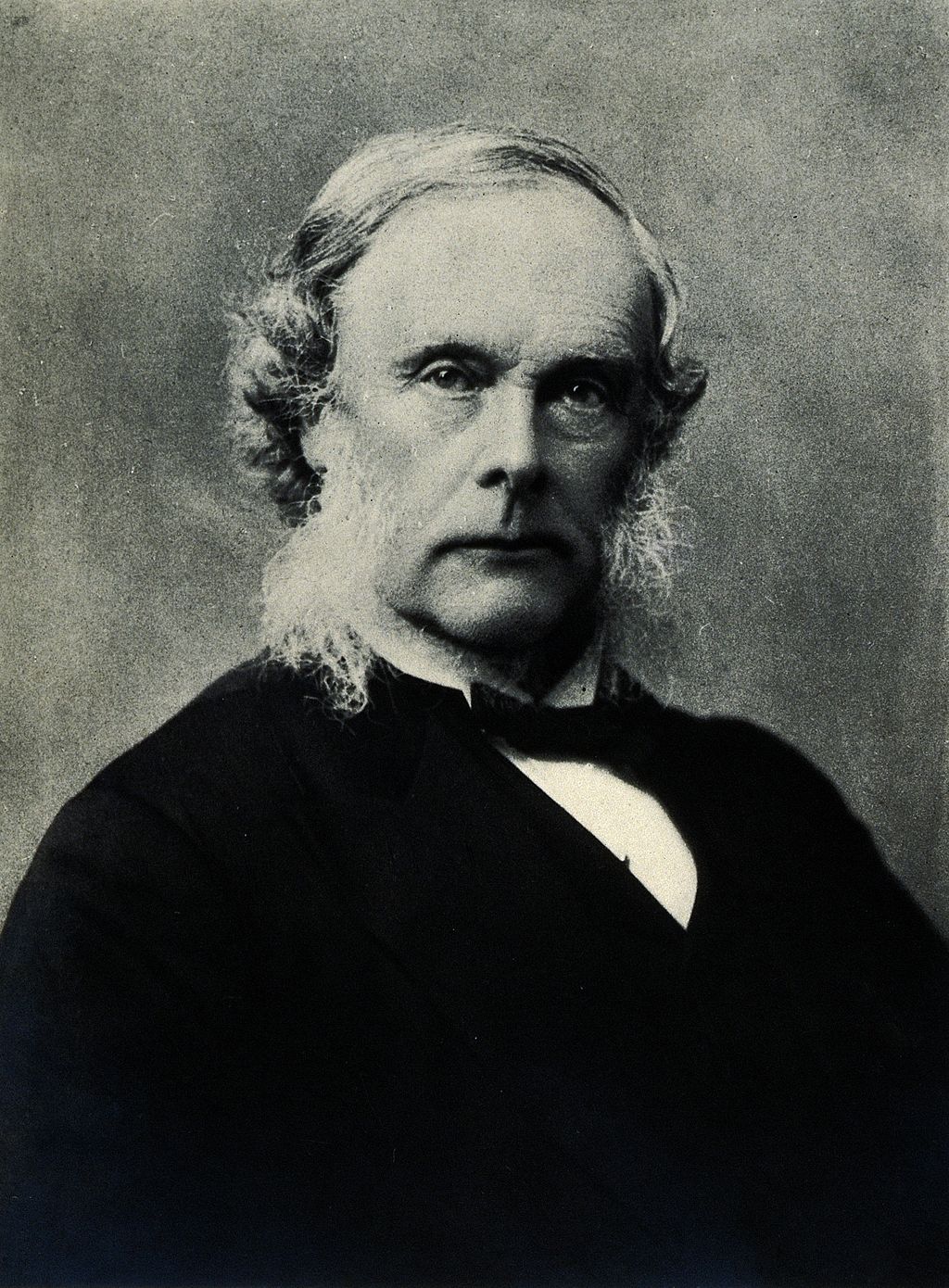
Joseph Lister, in 1867, introduced antiseptic surgery, significantly reducing the risk of infection during operations. By applying carbolic acid to surgical wounds, Lister drastically cut post-operative mortality rates. His methods transformed surgical practices, making them safer and more effective. Lister’s work laid the groundwork for modern sterile techniques used in healthcare today.
Sigmund Freud
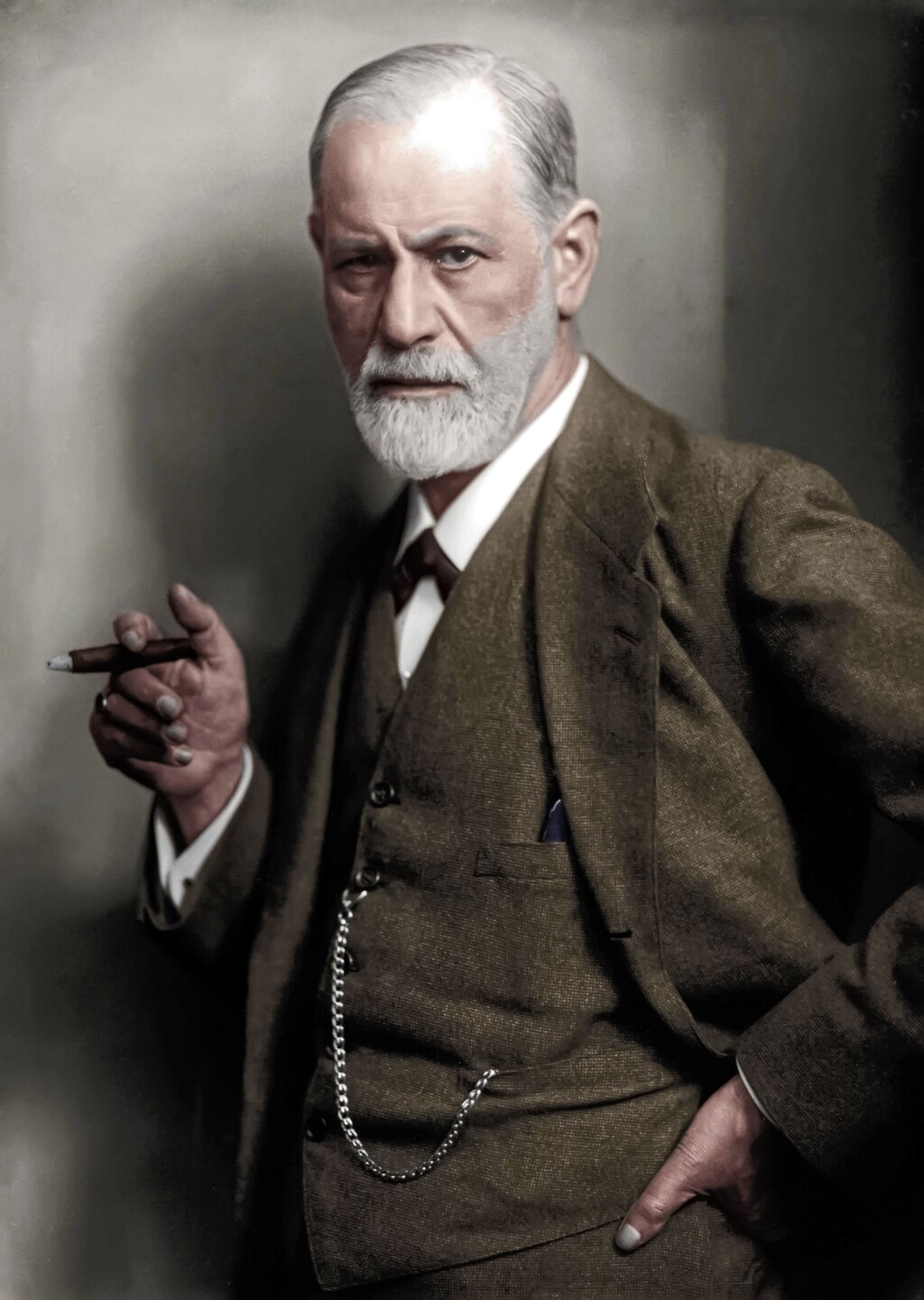
Sigmund Freud, often considered the father of psychoanalysis, introduced groundbreaking ideas in 1899 with the publication of “The Interpretation of Dreams.” His theories on the unconscious mind, defense mechanisms, and the importance of early childhood experiences revolutionized the understanding of mental health. Freud’s work laid the foundation for modern psychotherapy and continues to influence psychology and psychiatry. His ideas opened up new ways to treat mental health conditions.
Paul Ehrlich
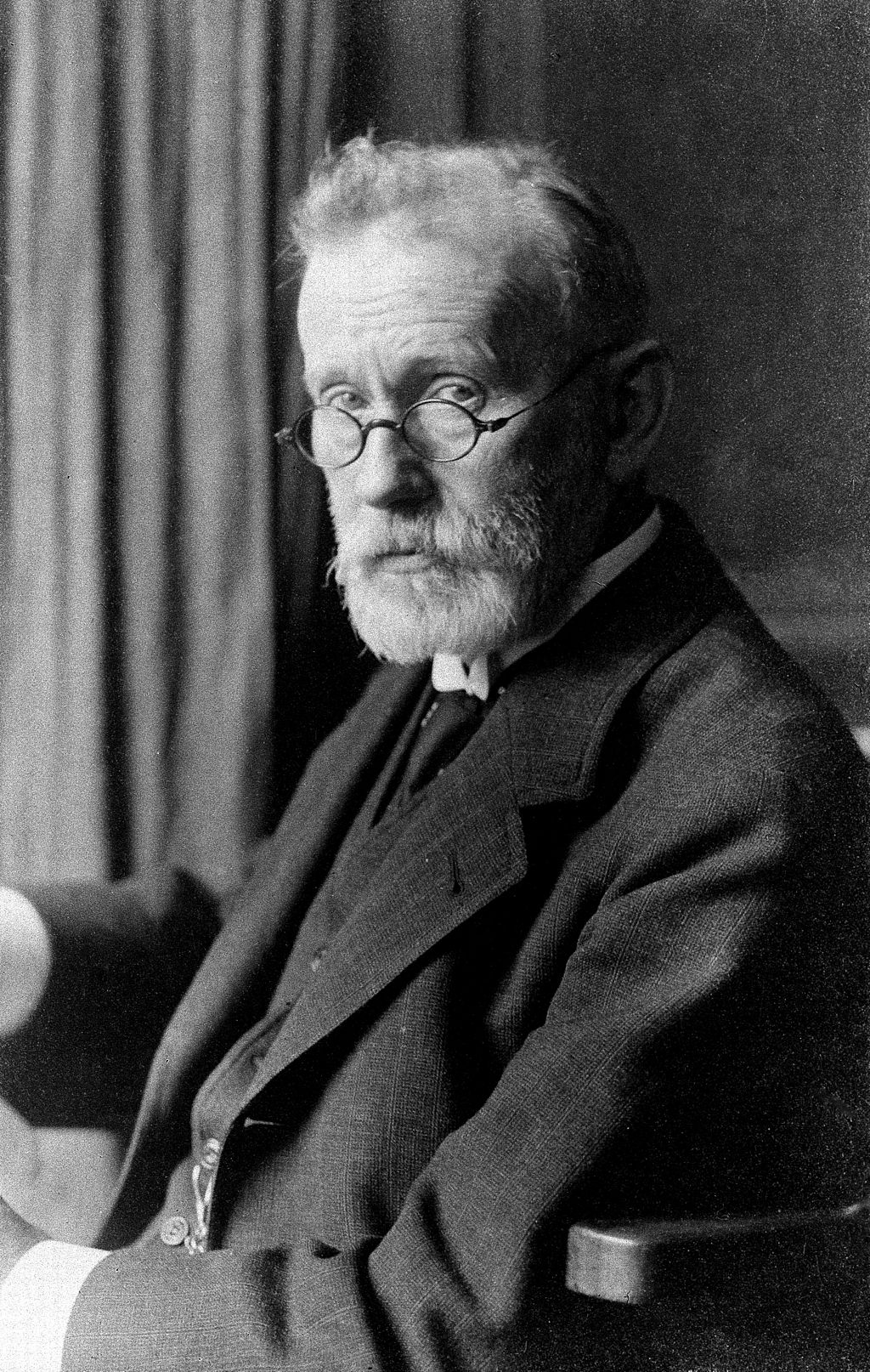
Paul Ehrlich’s development of the first chemotherapy treatment in 1909 marked a significant breakthrough in the fight against infectious diseases. His creation of Salvarsan, a drug to treat syphilis, was one of the first instances of using a chemical agent to target a specific pathogen. Ehrlich’s work laid the foundation for modern pharmacology and the concept of the “magic bullet” in medicine. His innovations have had a lasting impact on how we treat diseases.
Jonas Salk
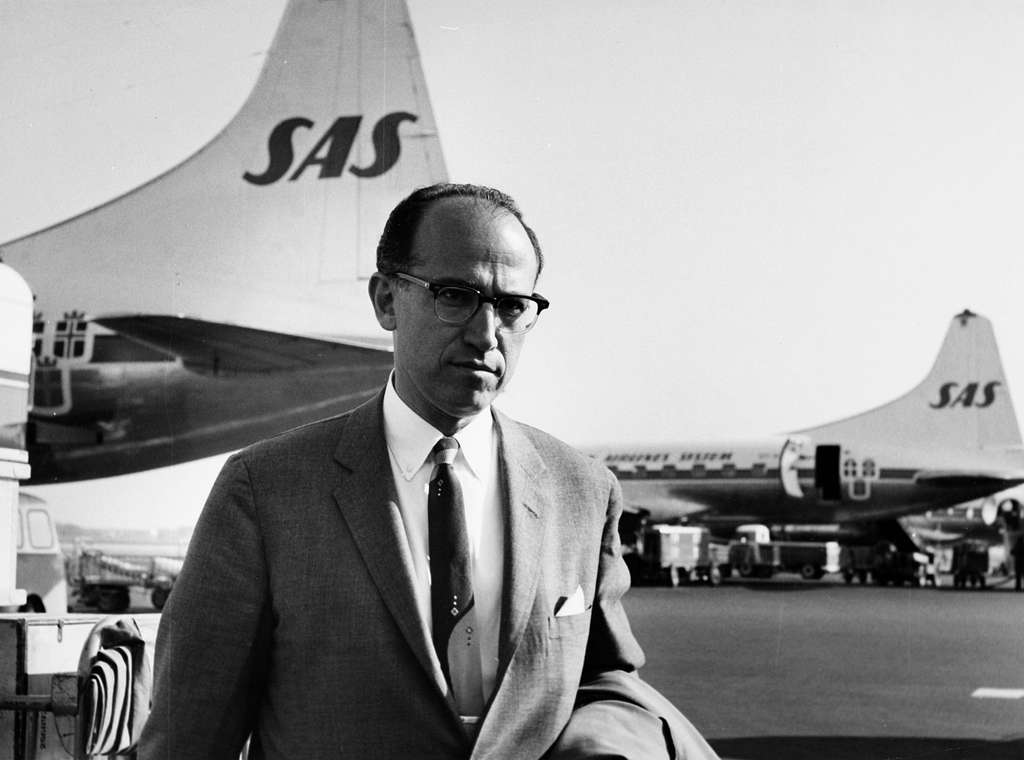
Jonas Salk’s development of the polio vaccine in 1955 was a monumental achievement in public health. His inactivated polio vaccine drastically reduced the incidence of polio worldwide, nearly eradicating the disease. Salk’s work demonstrated the power of vaccination in preventing infectious diseases. His vaccine continues to protect millions of children globally.
Christiaan Barnard
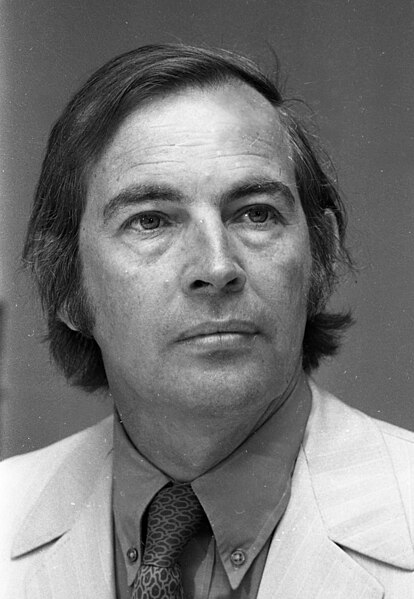
Christiaan Barnard performed the first successful human heart transplant in 1967, marking a milestone in cardiac surgery. His work demonstrated the potential of organ transplantation and opened up new possibilities for treating heart disease. Barnard’s achievement pushed the boundaries of medical science, inspiring further advancements in transplant medicine. His legacy continues to influence heart surgery today.
James Watson & Francis Crick
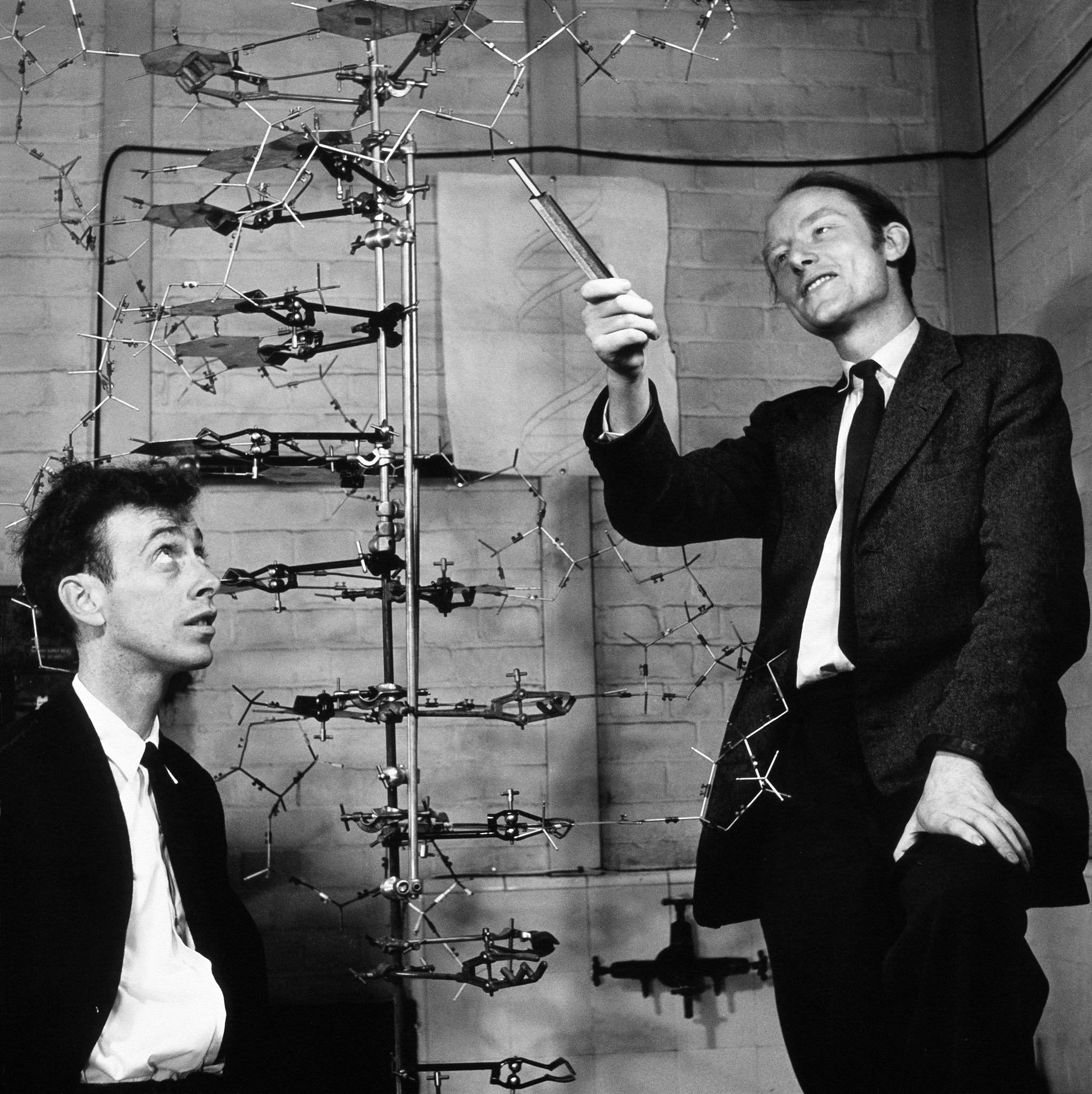
James Watson and Francis Crick’s discovery of the DNA double helix in 1953 revolutionized genetics and molecular biology. Their work provided the foundation for understanding genetic information and how it is passed from one generation to the next. This discovery has had profound implications for medicine, particularly in the fields of genetic testing and personalized medicine. Watson and Crick’s contribution remains one of the most significant in the history of science.
Rosalind Franklin
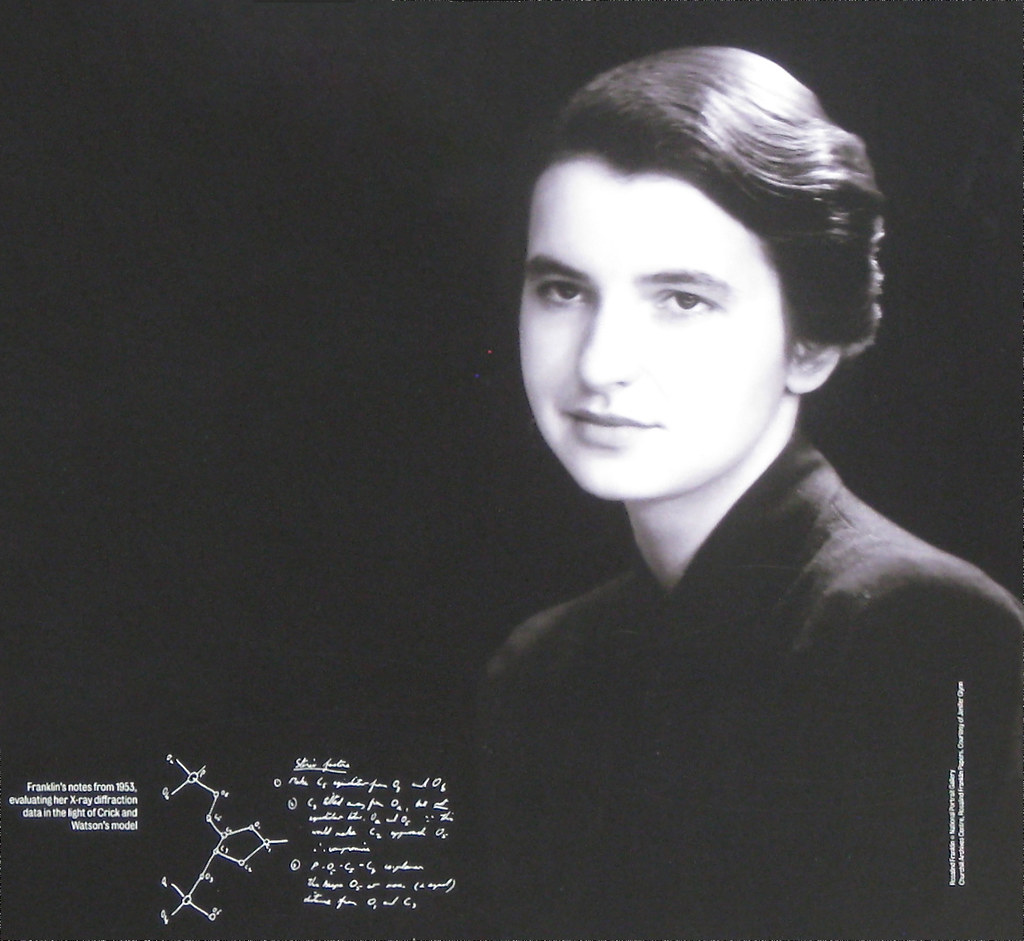
Rosalind Franklin’s crucial work on X-ray diffraction images of DNA in 1952 was key to understanding the structure of DNA. Her images provided critical evidence that led to the identification of the double helix structure. Although often overlooked, Franklin’s contribution was instrumental in the discovery that revolutionized biology and medicine. Her work continues to inspire scientists in the field of genetics.
Harvey Cushing
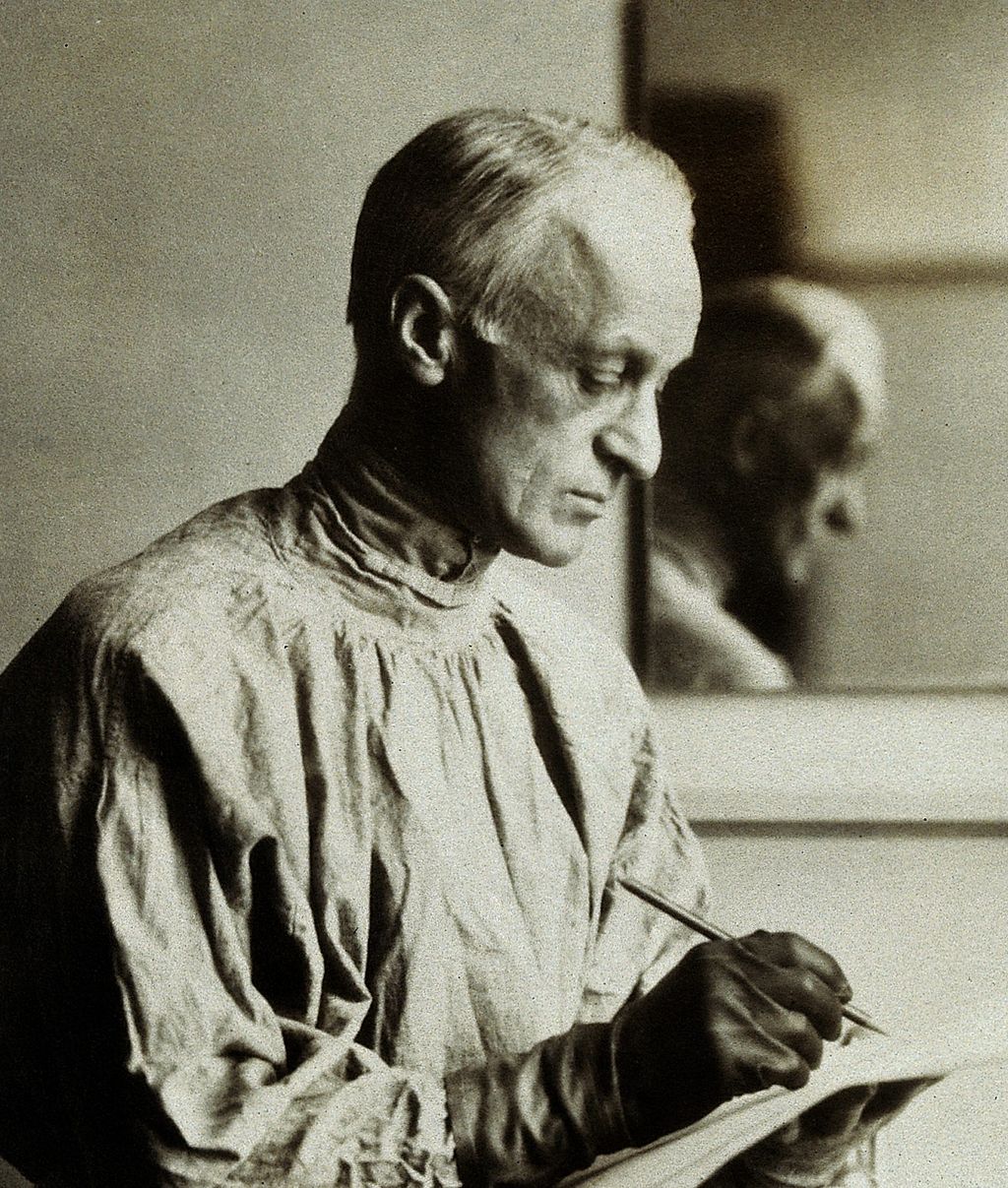
Harvey Cushing, known as the father of modern neurosurgery, made significant contributions to brain surgery techniques in 1908. His innovations in surgical methods and the use of X-rays in neurosurgery dramatically improved outcomes for patients with brain tumors. Cushing’s meticulous documentation and research advanced the understanding of the human brain. His legacy lives on in the field of neurosurgery, where his techniques are still in use.
Elizabeth Blackwell
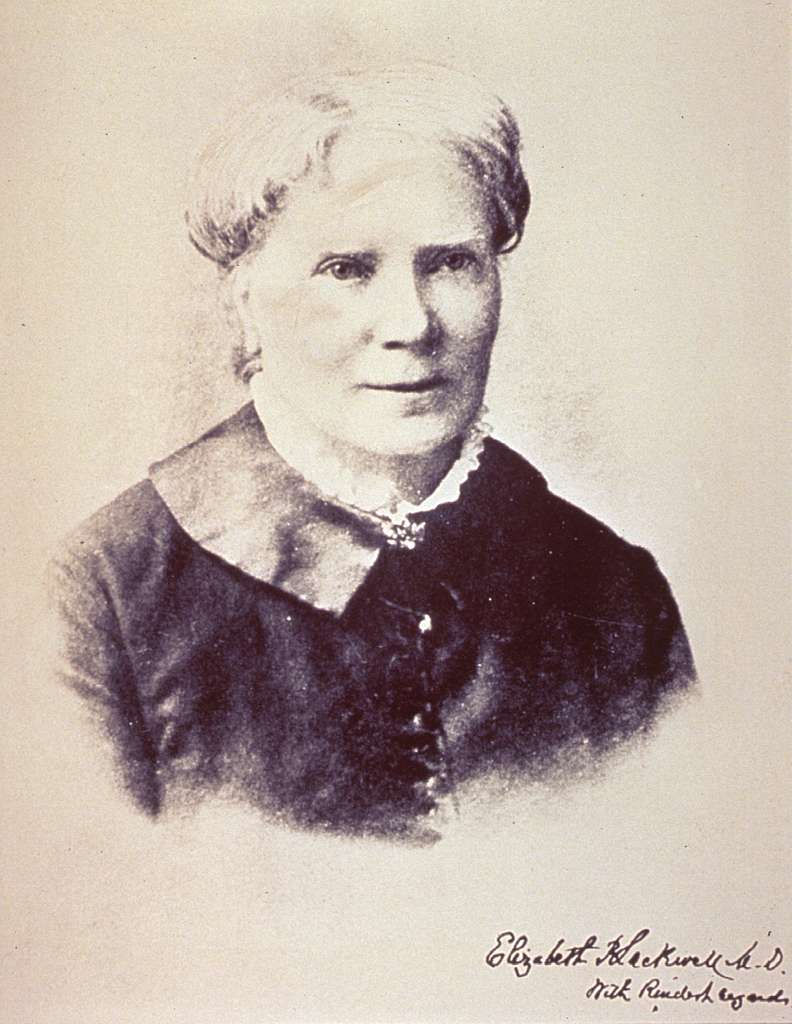
Elizabeth Blackwell became the first woman to receive a medical degree in the United States in 1849, breaking barriers for women in medicine. Her determination and success opened doors for future generations of female doctors. Blackwell’s work in promoting public health, particularly in hygiene and preventive care, made lasting contributions to medicine. She also founded a medical college for women, further advancing opportunities for women in healthcare.
Robert Koch
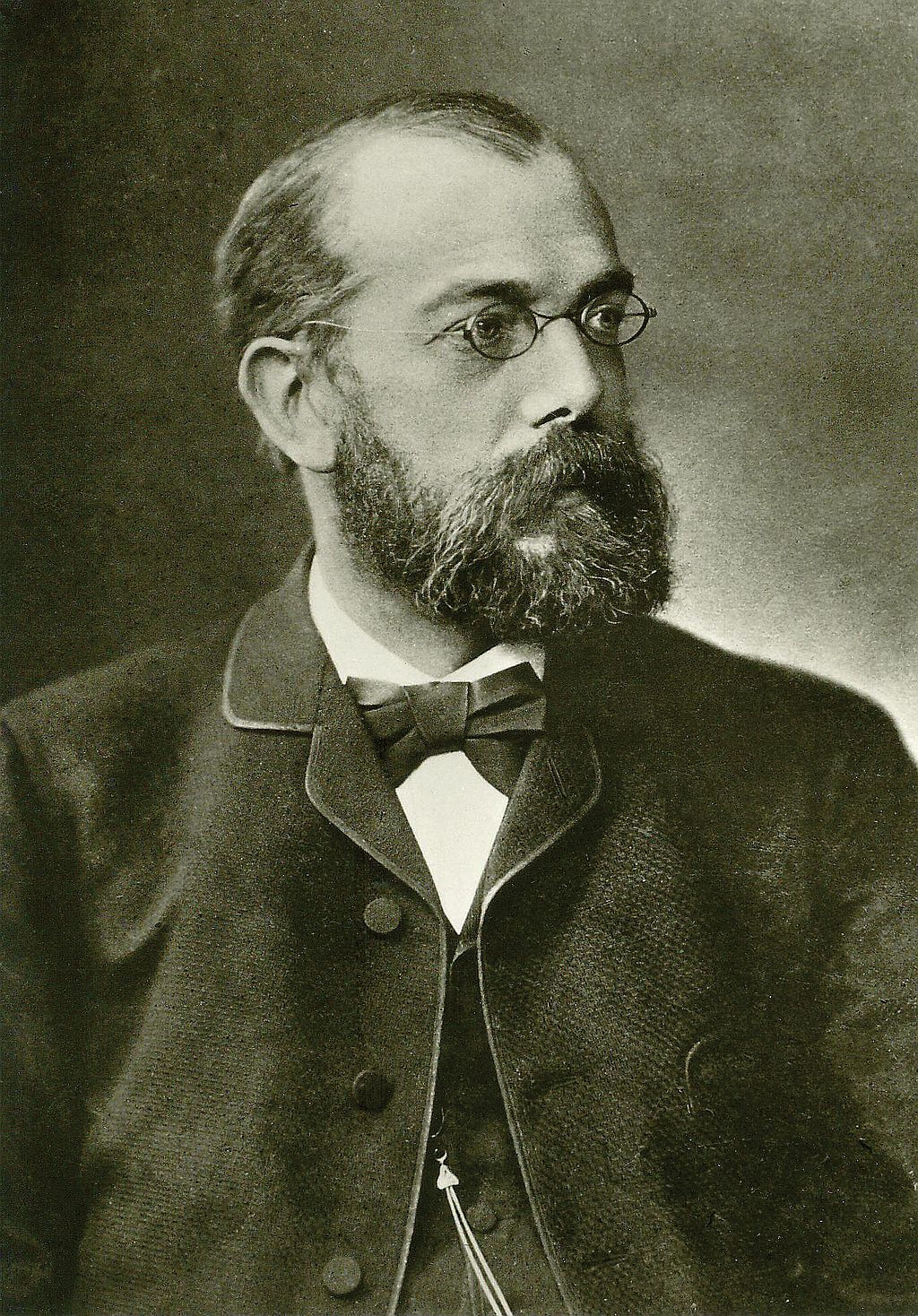
Robert Koch’s identification of the tuberculosis bacillus in 1882 was a pivotal moment in the field of bacteriology. His discovery provided a scientific basis for the diagnosis and treatment of tuberculosis, which was one of the leading causes of death at the time. Koch’s postulates, which he developed to establish the link between pathogens and disease, remain a fundamental concept in microbiology. His work laid the groundwork for modern infectious disease research.
Clara Barton
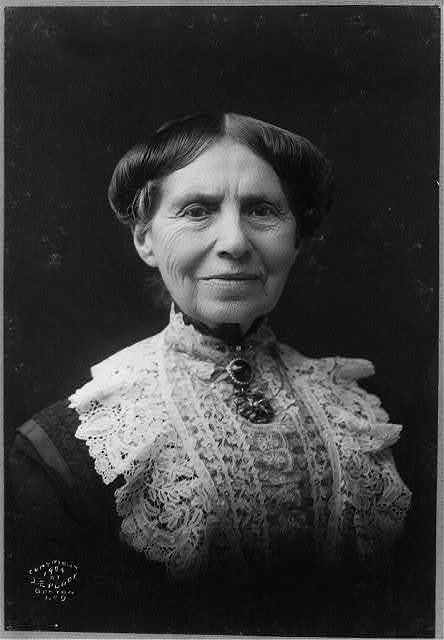
Clara Barton founded the American Red Cross in 1881, creating a critical organization for disaster relief and medical aid. Her work during the Civil War, where she provided care on the battlefield, earned her the nickname “Angel of the Battlefield.” Barton’s dedication to helping those in need established a legacy of humanitarian aid that continues to this day. The American Red Cross remains a vital part of disaster response and emergency medical care.
Norman Shumway
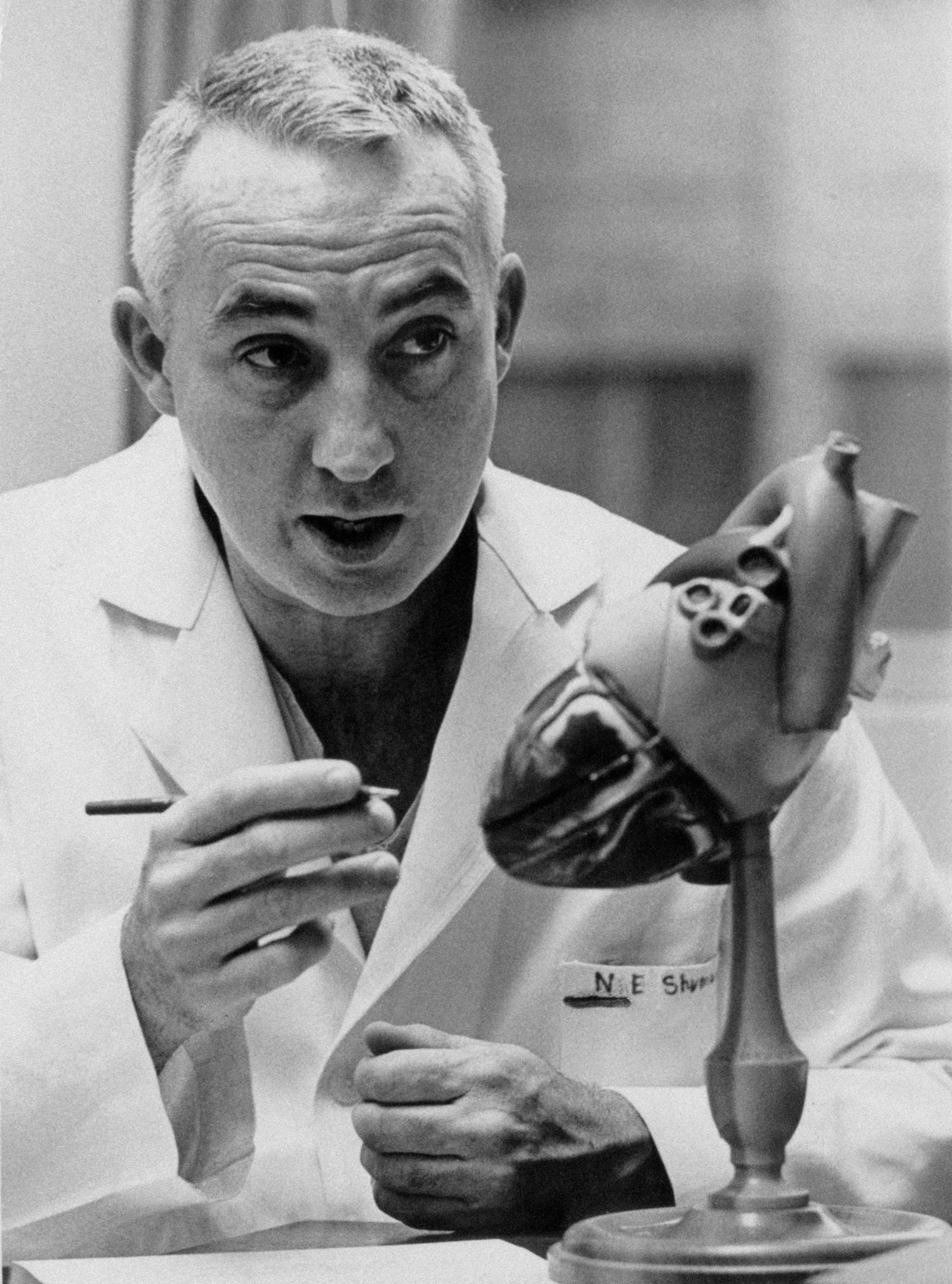
Norman Shumway is considered the pioneer of heart transplantation, having performed the first successful heart transplant in the United States in 1968. His work laid the foundation for modern heart transplant surgery, saving countless lives over the decades. Shumway’s innovations in immunosuppressive therapy also played a crucial role in the success of organ transplants. His contributions have had a lasting impact on the field of transplant medicine.
Virginia Apgar
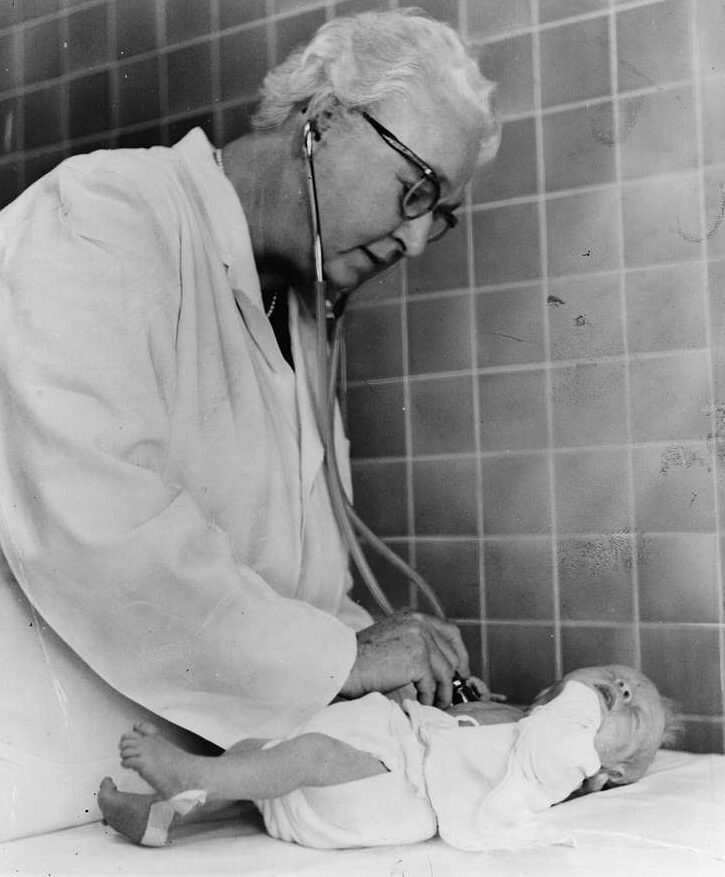
Virginia Apgar developed the Apgar Score in 1952, a quick and simple method to assess the health of newborns immediately after birth. This scoring system has become a standard practice worldwide, helping to reduce infant mortality by identifying babies in need of urgent care. Apgar’s work revolutionized neonatal care and brought attention to the importance of the first minutes of life. Her legacy continues in hospitals around the world.
Frederick Banting
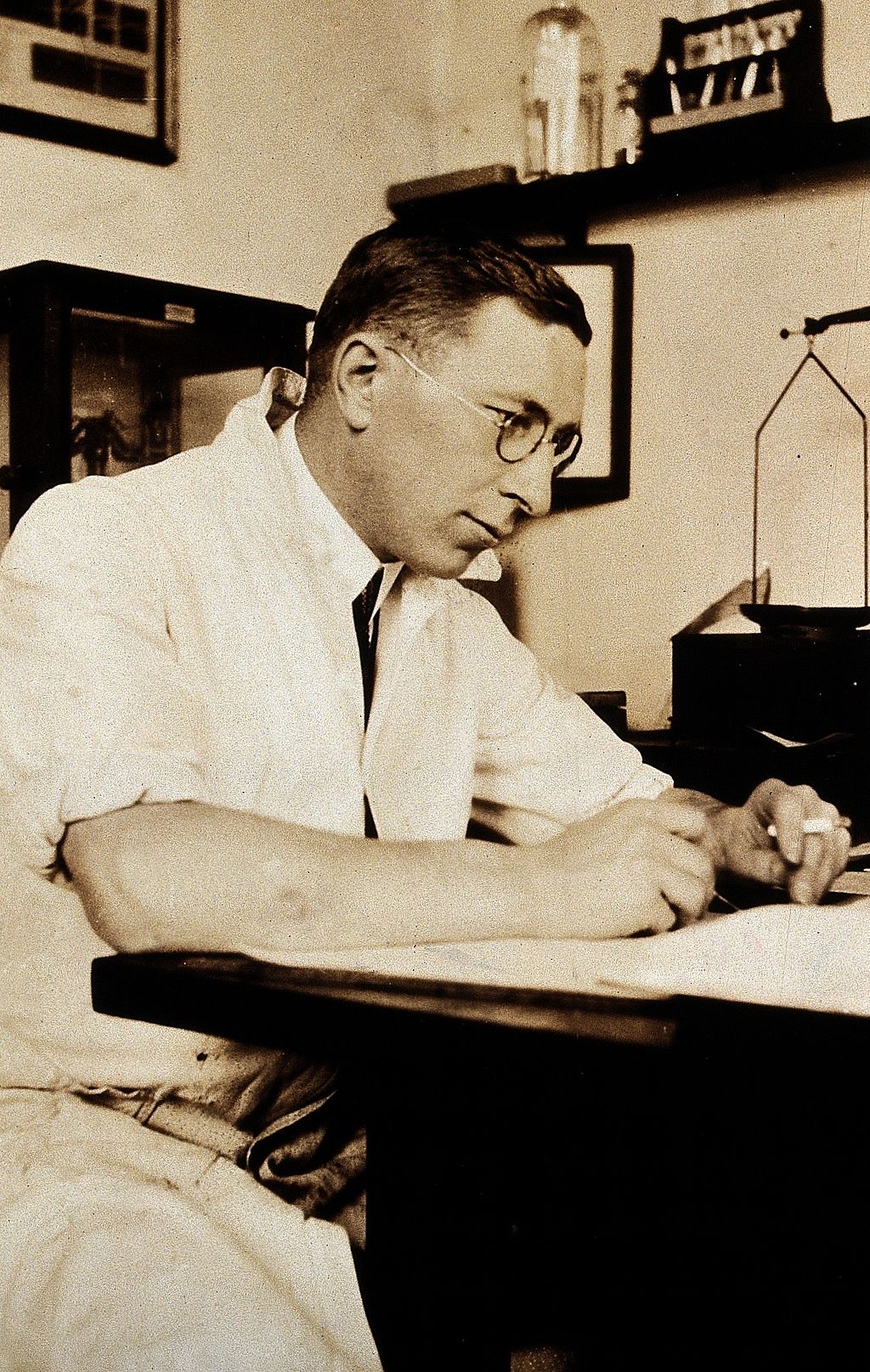
Frederick Banting discovered insulin in 1921, transforming the treatment of diabetes and saving millions of lives. His work, alongside Charles Best, provided a life-saving treatment for a condition that was previously a death sentence. Banting’s discovery remains one of the most significant in medical history, allowing people with diabetes to lead normal, healthy lives. His contribution earned him a Nobel Prize and a place in medical history.
William Osler
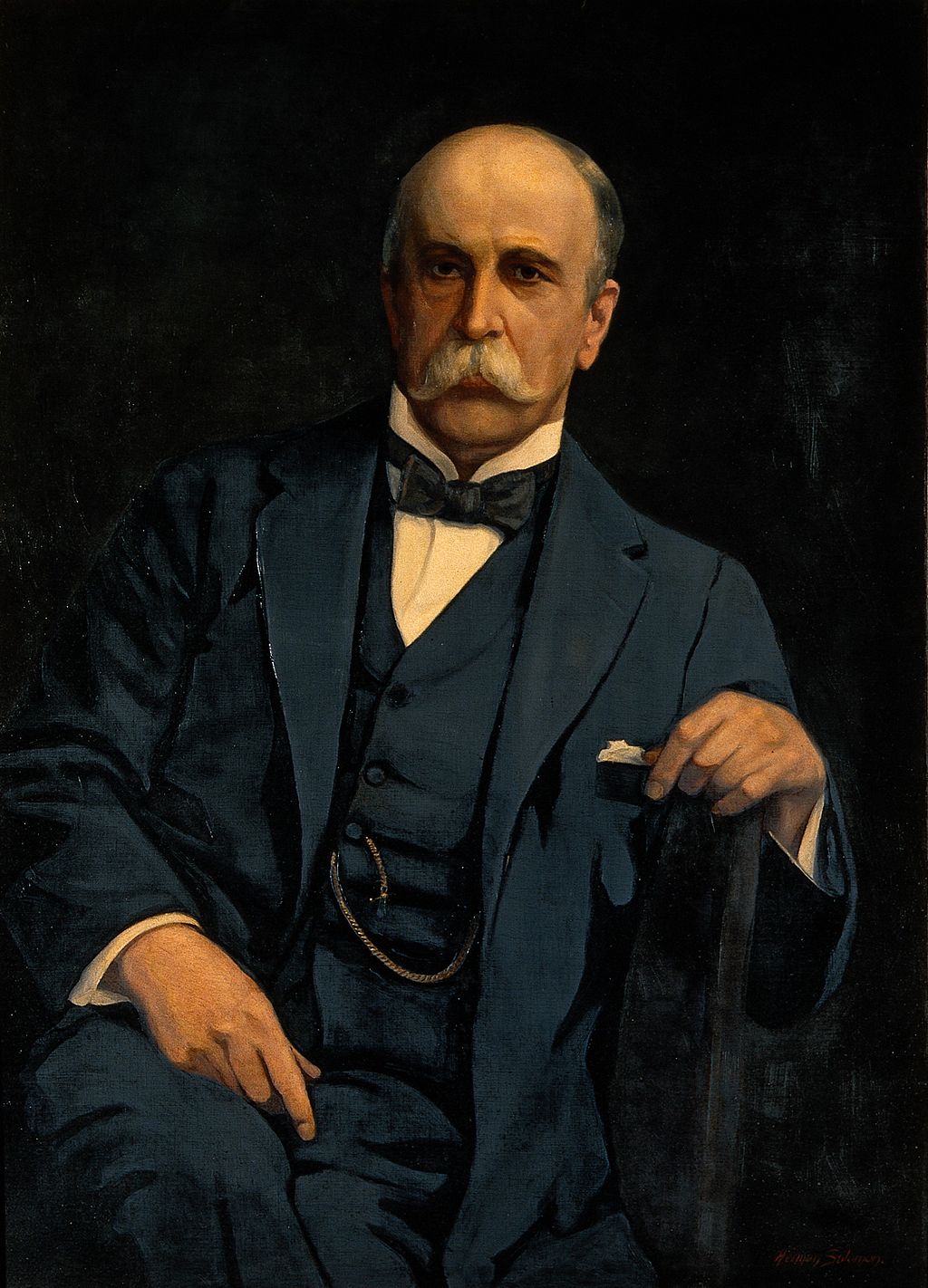
William Osler, often regarded as the father of modern medicine, revolutionized medical education by introducing the practice of bedside teaching in 1892. His approach emphasized learning from direct patient care rather than just from textbooks. Osler’s methods transformed medical training and are still in practice today. His work laid the foundation for the modern medical residency system, shaping the way doctors
This article originally appeared on UnifyCosmos.
More from UnifyCosmos
21 Profitable Side Hustles for College Students

Finding ways to make extra money in college can be a game-changer. With a little creativity and effort, students can turn their skills and interests into profitable side hustles. Read More
21 Global Cheese Dishes You Have to Taste

Cheese is a beloved ingredient found in cuisines around the world, offering a delightful variety of flavors and textures. From creamy and mild to sharp and tangy, there’s a cheese dish to satisfy every palate. Read More
20 Affordable Tips to Achieve a Glam Look for Under $30

Looking great doesn’t have to come with a hefty price tag. In this article, we’ve gathered tips and tricks from beauty experts to help you look your best without breaking the bank. Read More
Leave a Reply